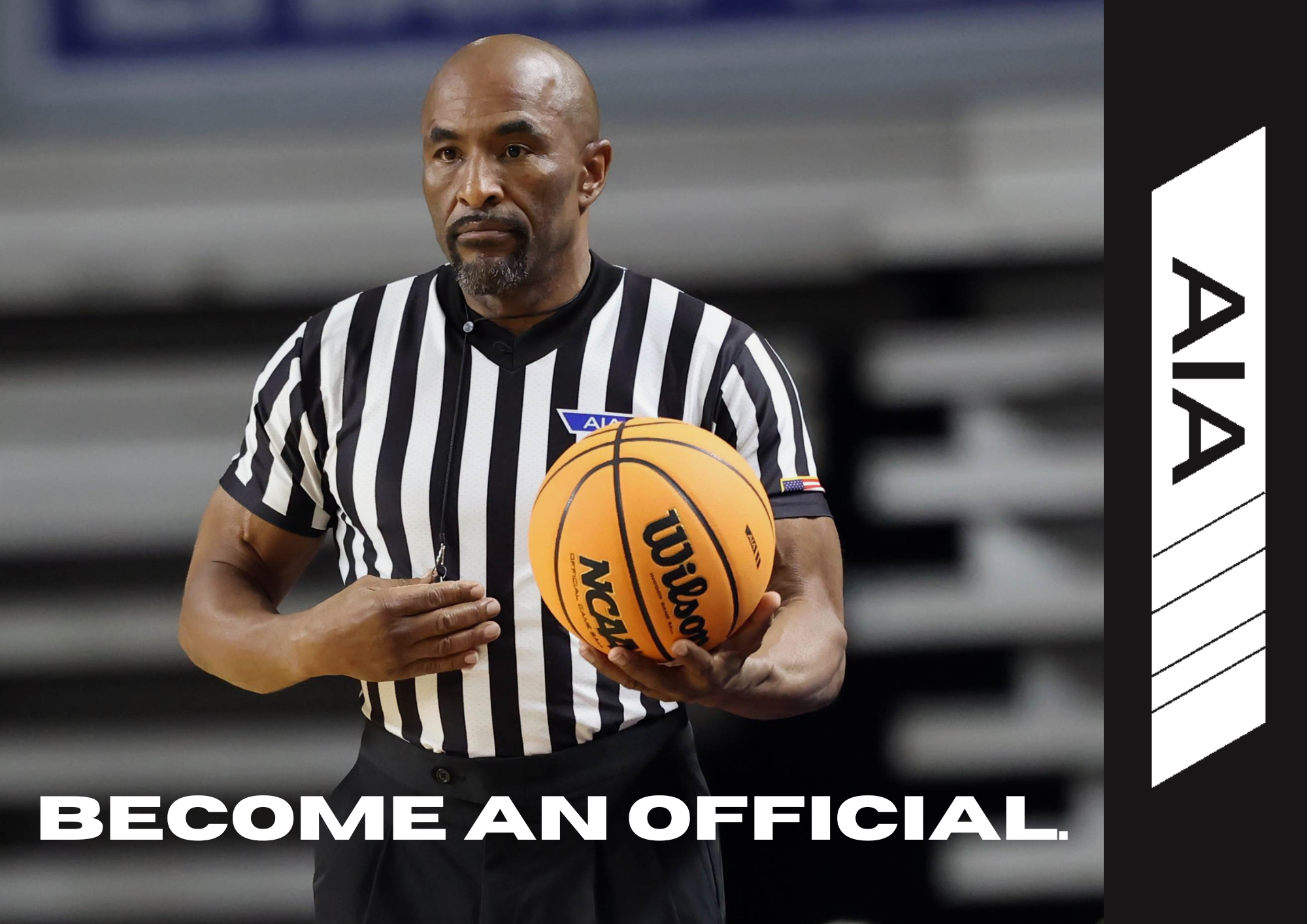5 parents make for a booster club that kept Camelback football funded
November 13, 2018 by Henry Steiner, Arizona State University

A booster club made up of five volunteer parents/guardians keep the Camelback High School football team running.
These parents help fill what every high school sport needs -- funding. The Phoenix Union School District only requires $2 per high school player per sport as an athletic fee in an effort to promote staying active, though many district students are in what are considered lower income households.
Given that the Camelback varsity roster is fewer than 50 players it is difficult to see how $100 can fund equipment, food as well as any other necessities essential to high school football.
Athletic Director Steve Kuipers said the funding through the district office pays for equipment, uniforms and everything associated with playing the game on Friday nights.
“Anything beyond that, such as training camp, senior night, and any meals throughout the season, only happens through fundraising and the booster club,” Kuipers said.
One of the most common ways teams create funding is through ticket sales, but all of Camelback High School’s ticket sales go straight to the district office.
The booster club is comprised of volunteers, such as families and parents of the football players, where 100 percent of the proceeds go toward Camelback football.
The club does a multitude of events year-round such as hosting car washes, coupon cards and of course working the Camelback snack bar every game day.
“They’re absolutely vital,” Kuipers said. “We couldn’t do it without them.”
One of the parents, Joie Pattee, summed up her role as a member of the booster club.
“I pick up all the team meals and make sure they all eat,” Pattee said. “They don’t undereat and they don’t overeat.”
Without the booster club the student athletes of Camelback would not get to do many of the things that are almost seen as givens in high school football.
Such events as training camp, senior night, the end of year banquet and every game day meal is all provided by the proceeds and work done by the booster club.
“The hardest part is getting people to either volunteer or donate,” Pattee said. “Too many people give up and go somewhere else, but we can’t afford to do that.”
First-year booster club President Joanna Sandoval also mentioned the struggles with the lack of parents helping out the booster.
“I do this for my kids,” Sandoval said. “It’s all about the kids. The boys see that there is somebody there for them, and they need that.”
Sandoval walked through a typical game day working for the snack bar.
She gets to the snack bar at 1 p.m. on game day after work. The rest of the day is spent helping out, doing inventory, purchasing anything missing and stocking it all.
Sandoval brought up the sacrifice the members of the booster go through for the team.
“I wouldn’t change a single thing that we do, except that I would love more help,” Sandoval said.
Pattee said many issues that may be limiting the number of volunteers.
“A lot of parents aren’t really that actively involved,” Pattee said. “The parents don’t take it as serious as the kids, and that’s the problem.”
Pattee said being a member of the booster club has benefits has seen the positive effects it has on her and her son’s relationship.
“I think this brings us closer,” Pattee said. “Because of it I’m always out to make sure he’s OK, and he knows I’m here watching and cheering for him.”


